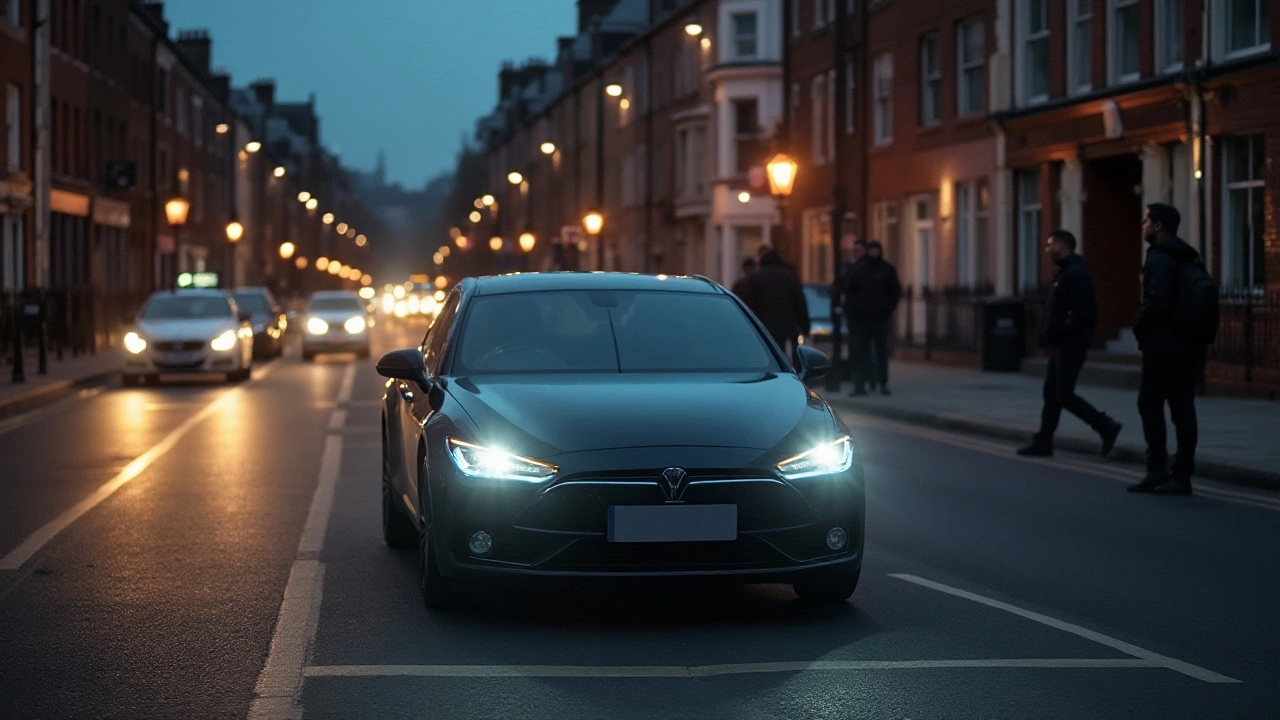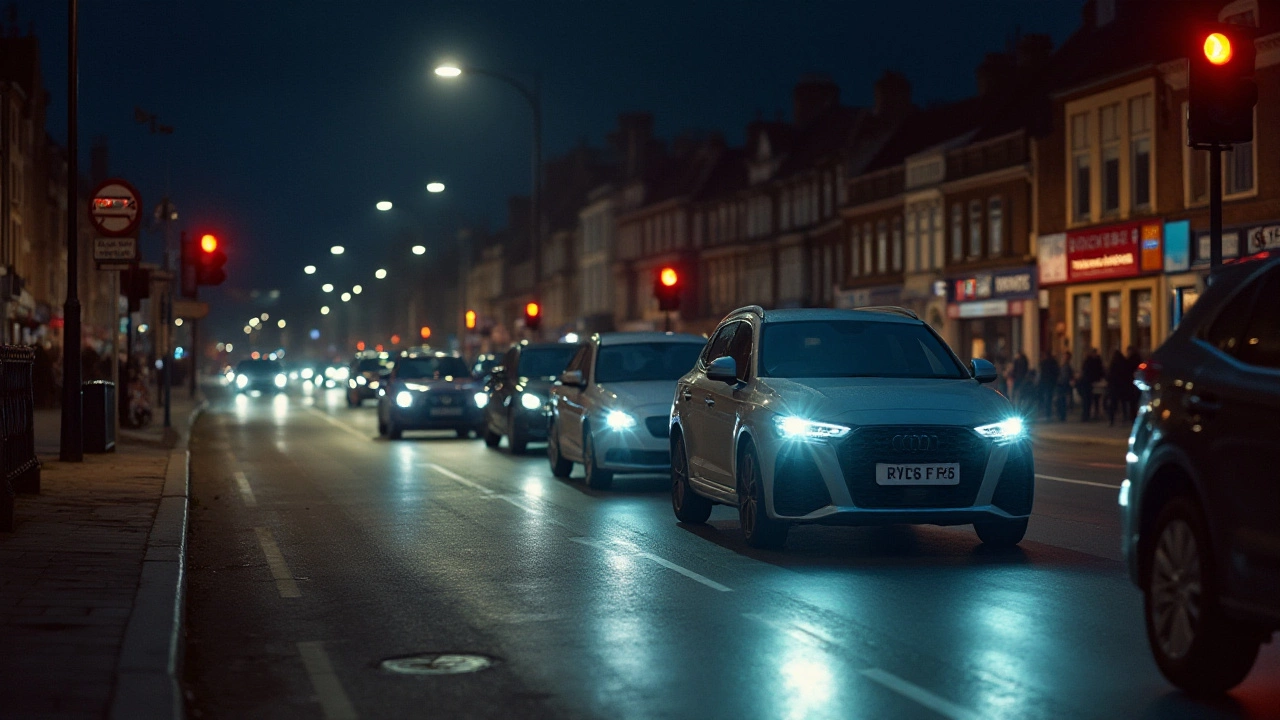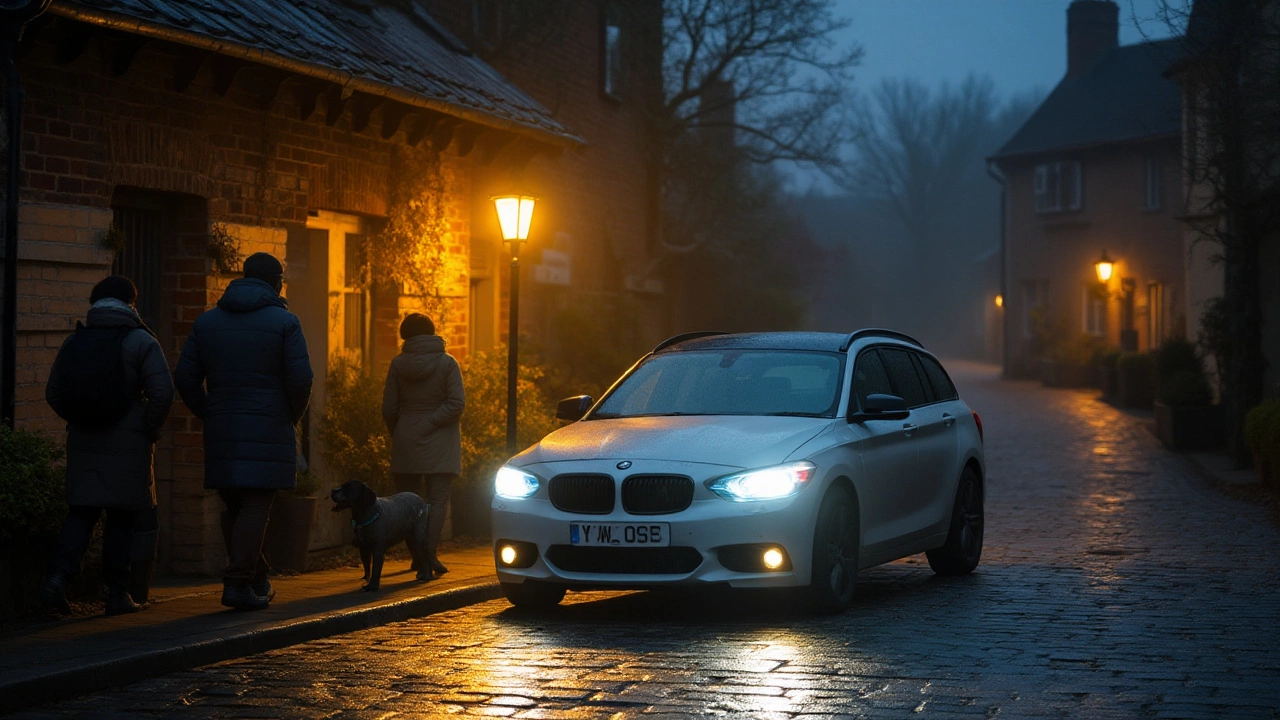LED Headlights: How to Upgrade, What to Expect, and Why It Matters
If you’ve been staring at your dull halogen headlights and wondering why they look tired, you’re not alone. LED bulbs are cheaper to run, last longer, and give your car a modern look without a full makeover. The good news? You can fit LEDs on most cars, even if the original fixtures were built for old‑school bulbs.
Why Switch to LED?
First off, LEDs use far less power than halogens. That means your battery isn’t working overtime and the lights stay bright longer. They also turn on instantly – no more waiting for a warm‑up glow. The light itself is whiter, which improves night‑time visibility and makes other drivers see you better. On top of that, LEDs can last up to 30,000 hours, so you’ll be changing bulbs far less often.
Some people worry about legality. In most places, as long as the LED bulb fits the original housing and the light pattern stays the same, you’re good. Check your local road rules for brightness limits and whether you need a specific “DOT‑approved” label. A quick online search for your car model usually clears it up.
Installing LED Bulbs in Older Headlights
The process is simple enough for a weekend DIY. Start by disconnecting the battery – safety first. Pop the headlight cover (usually a few clips or screws), then pull out the old halogen bulb. Don’t touch the glass part of the new LED; oils from your fingers can cause hotspots. Insert the LED, secure it with the clip or screw, and reconnect the wiring.
If the LED doesn’t sit snugly, you might need a small adapter or an anti‑vibration pad – they’re cheap and keep the bulb from wobbling. After everything’s back together, turn the lights on. You should see a brighter, whiter beam. If the LEDs flicker or look dim, double‑check the polarity; some bulbs have a reverse‑polarity warning and need to be swapped.
Finally, run a quick test on the road. Look for proper coverage without glare to oncoming traffic. A quick adjustment of the headlight aim (usually a screw on the back of the housing) can fine‑tune the beam. Once you’re happy, you’ve saved energy, upgraded your style, and boosted safety – all in under an hour.

Are LED Headlights Good in the Rain? Real-World Performance Tested
LED headlights can struggle in rain due to glare from water droplets. Factory-installed LEDs with proper optics perform better than aftermarket kits. Learn why halogens still win in wet conditions and how to improve your LED visibility.

Plug and Play LED Headlights: A Comprehensive Guide
LED headlights have become increasingly popular due to their longevity and bright illumination. Many car owners wonder if these lights are truly plug and play, offering a simple installation process that requires minimal technical know-how. This article explores the advantages and potential challenges associated with DIY installation of LED headlights. It also provides practical tips to ensure a successful transition from traditional lighting to modern LED solutions.

Common Issues with LED Headlights: Solving Their Puzzling Problems
LED headlights have become a popular choice for drivers due to their energy efficiency and long lifespan. However, they are not without problems. Common issues include flickering lights, electrical interference, and excessive brightness which can cause discomfort for other drivers. Despite these challenges, proper installation and understanding of LED characteristics can help mitigate many problems. This article explores these issues and provides insights to help drivers enjoy the benefits of LED headlights.

Is Upgrading Halogen Headlights to LED Legal?
Switching from halogen to LED headlights is a popular upgrade for car enthusiasts. However, it raises questions about its legality, which can vary based on location and specific regulations. This article explores the legality of LED headlights, delves into the pros and cons of upgrading, and offers practical advice for those considering the switch. Understanding the factors that influence legality and performance can help drivers make informed decisions.